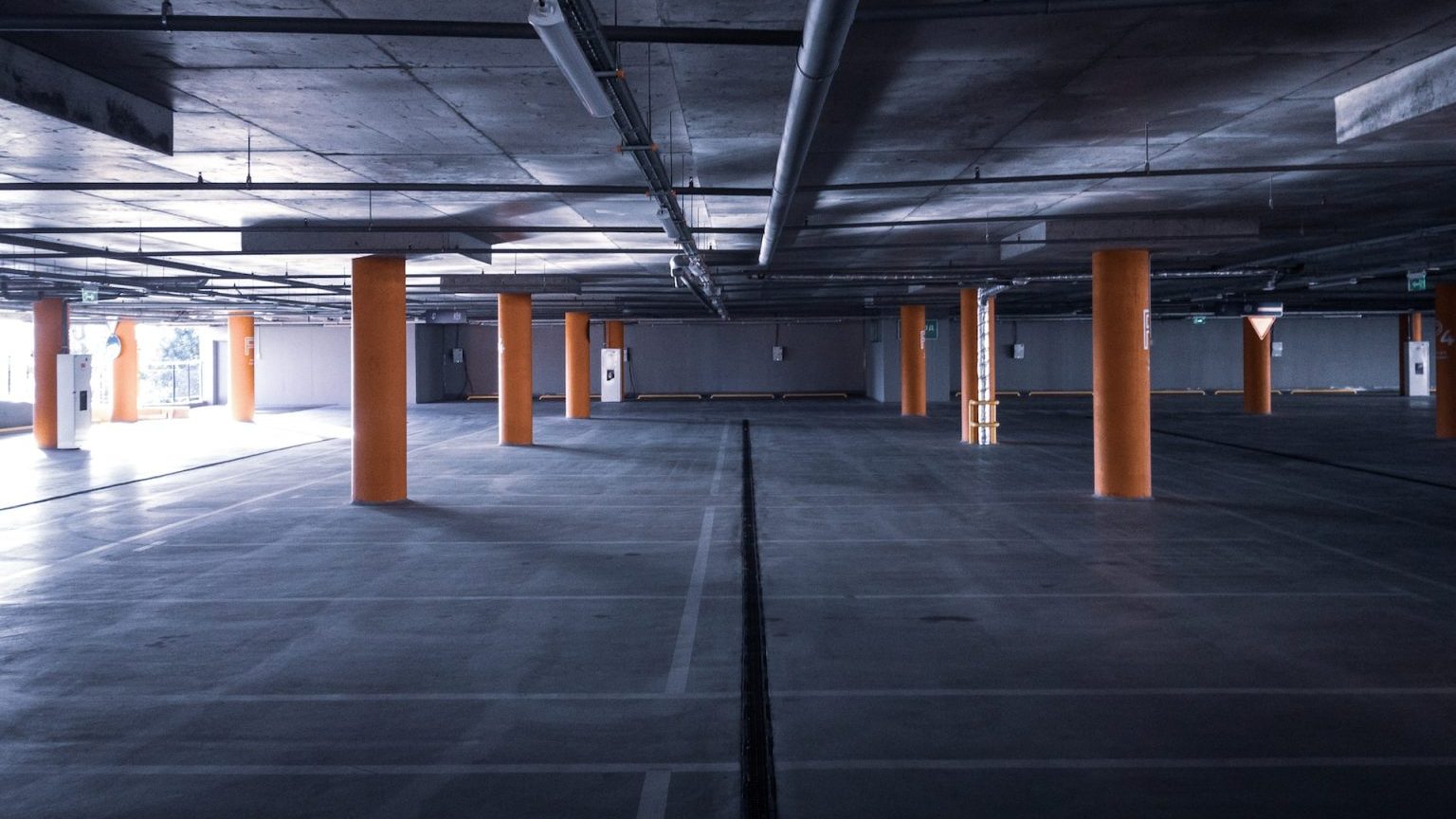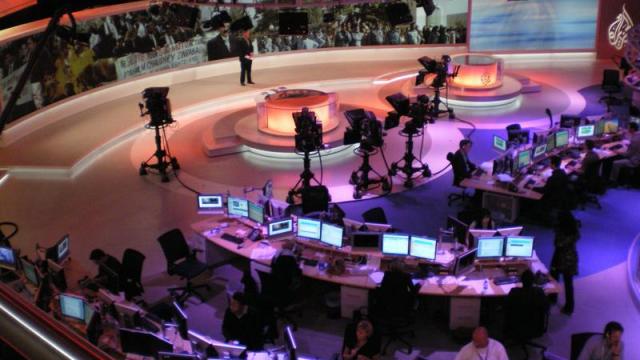Many U.S. Cities With Highest Literacy Rates Are Also Our Greenest

Last month, Dr. Jack Miller, president of Central Connecticut State University, released a national study revealing which US cities (population greater than 250,000) are, by his measures, most literate. Those cities were, in this order: Seattle, WA; Washington, DC; Minneapolis, MN; Pittsburgh, PA; Atlanta, GA; Portland, OR; St. Paul, MN; Boston, MA; Cincinnati, OH; and Denver, CO. Interestingly, Miller’s list overlaps more than a little bit with a list of top-ranked green cities, released in 2008 by consulting company SustainLane:
#1 Portland, OR
#3 Seattle, WA
#6 Boston, MA
#7 Minneapolis, MN
#11 Denver, CO
#15 Washington, DC
#19 Atlanta, GA
What’s notable about the overlap between the two lists is that many of the overlap cities earned their top green ranks because of particularly high marks in literacy-related categories like “knowledge / communications” and “city innovation.” Take Minneapolis, for example. It’s got poor water quality, but it won seventh place in Sustain Lane’s 2008 green city rankings. The second largest contributor to the city’s high green rank is a literacy-related category SustainLane calls “knowledge and communications.” The third largest contributor to the city’s high rank could also been seen as literacy-related: “city innovation.” Exceptionally high literacy breeds creativity? Portland, OR, SustainLane’s number one green city, also earned top marks in both “knowledge / communications” and “city innovation.”
Maybe it makes sense that sustainable living and literacy come, often, hand-in-hand. A trend Miller observed as he conducted his research was that “quality tends to be associated with quality.” He noticed, for example, that more literate cities also tend to be safer and healthier, overall. And greener, perhaps?
Author Paul Hawken had this to say about SustainLane’s ranking system, and about building cities that enable and encourage high-quality, green, healthy living:
“The SustainLane US City Rankings is the first systematic report card measuring city quality of life combined with resource impacts. For too long, we believed that more meant better, that energy-, concrete-, and automobile-intensive cities would bring us a better life. That tall tale is being replaced by common sense understanding that what makes for a fulfilling urban existence is neighborhoods, farmer’s markets, parks, mobility, quiet, greenery, and meaningful livelihoods, all of which require less resources and better design.” (And higher literacy rates?)
Incidentally, for those on the prowl, Miller noted in his study that a side effect of the “quality tends to be associated with quality” trend is that more literate (greener?) cities also tend to have better, more active singles scenes.





